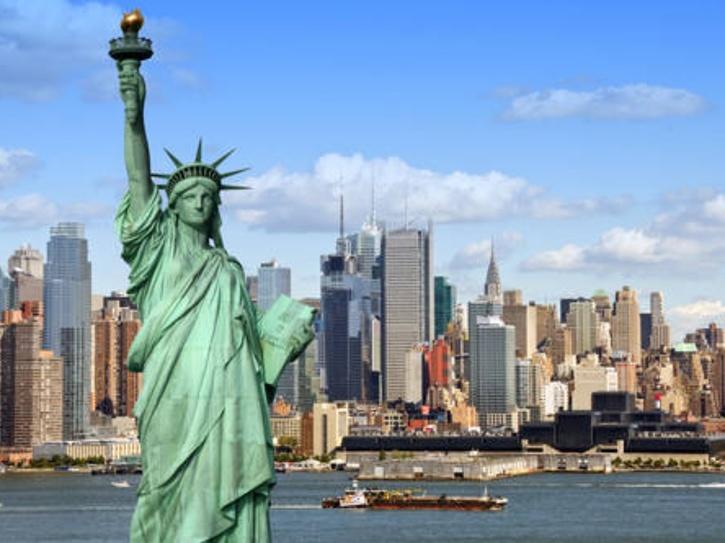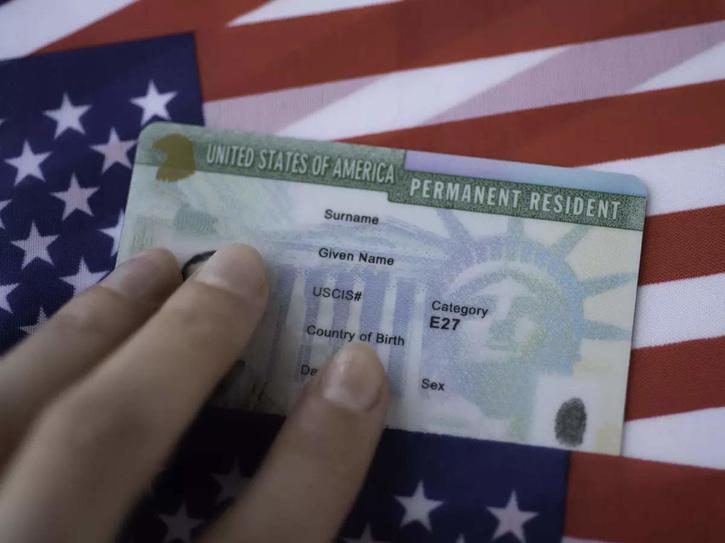Highlights
- Subsequently, 1,00,000 EB-5 visa applicants with some $15 billion in committed investments had been in limbo since the program lapsed, trade group Invest in the USA estimates.
- The new law requires EB-5 investors to put up at least $10,50,000 – or $8,00,000 in economically depressed areas – and create at least 10 jobs to secure permanent residency.
- The program’s restart comes as more wealthy Chinese are attempting to leave their home country or are looking for a backup plan.
The idea of living the big American dream still resonates with many Indians as it is widely believed that it’s a land of opportunities where anyone can become anything with hard work and ambition.
And, why are we talking about it right now? Because a popular US visa program is making a comeback – and the queue of wealthy applicants from China to India is growing.
Let’s get deep into this. The scheme attracted $37 billion in foreign investments since 2008 for projects including famous New York’s Hudson Yards and Trump Bay Street in Jersey City.

What is the EB-5 program?
The EB-5 program, now revived, offers a green card in return for putting large sums toward a US business and creating at least 10 permanent jobs, had a backlog that extended almost a decade before it was suspended in June 2021 when Congress failed to reauthorize it.
Subsequently, 1,00,000 EB-5 visa applicants with some $15 billion in committed investments had been in limbo since the program lapsed, trade group Invest in the USA estimates.
However, a settlement last month of lawsuits involving so-called regional centers that allow foreign investors to pool their funds has put the program back on track for new filings.

Earlier this year, the Biden administration also signed a law that creates a path for some to skip the backlog of cases if they’re willing to invest in rural areas or places with high unemployment.
The new law requires EB-5 investors to put up at least $10,50,000 – or $8,00,000 in economically depressed areas – and create at least 10 jobs to secure permanent residency. The most popular EB-5 pathway lets investors pool resources in regional centers and count indirect job creation, with the caveat that such centers must be re-approved regularly by Congress.
Scheme’s comeback
And, now US law firms are preparing thousands of new applications. “It’s like people lining up for tickets at a movie,” said Sam Silverman, founder of EB5AN, an affiliate network that operates more than a dozen projects with presence in 20 states.
“There’s a giant line with a limited number of tickets with a long wait, but then they just opened up two new showings with literally no one in line.”

Rich Indians, and Chinese looking right at it
The program’s restart comes as more wealthy Chinese are attempting to leave their home country or are looking for a backup plan.
About 10,000 high-net-worth residents are seeking to pull $48 billion from China this year, investment migration consultant Henley & Partners estimates, while another 8,000 Indians are looking to leave.
The two Asian nations are expected to have the biggest outflows of rich residents this year after only Russia.
High demand for the visas means cases of more Indian and Chinese investors who applied previously may not advance due to shifting cutoff dates, according to a Department of State bulletin earlier this month.

US will be in for good
The program’s revival will be a boon for the US economy because, unlike investment visa programs in other countries, it’s focused on targeting job creation, particularly in less-developed areas outside of cities, said Miami attorney Ronald Fieldstone, who has handled EB-5 projects worth billions. “A lot of the interesting things are going on in rural areas,” he said. “It’s not just building skyscrapers.”
But, there are challenges
Still, the program, which began in 1990, has had its share of problems like uncompleted projects that previously started, halted payments, fraud schemes, etc.
The program “is a complete and unmitigated disaster,” that has largely failed to create jobs in vulnerable areas, said Doug Litowitz, a lawyer who has represented a group of China-based investors who put millions into constructing a condominium and hotel project in Chicago that was never built.
Eleanor Hui, founder of Hong Kong-based Global Life Immigration, said she’ll advise wealthy Chinese clients against applying for EB-5 visas given the backlogs, requirements for residents to report worldwide income to US tax authorities and restrictions on mobility while waiting for permanent residence. Alternative destinations such as Portugal, Greece and Ireland don’t have such drawbacks, she said.

